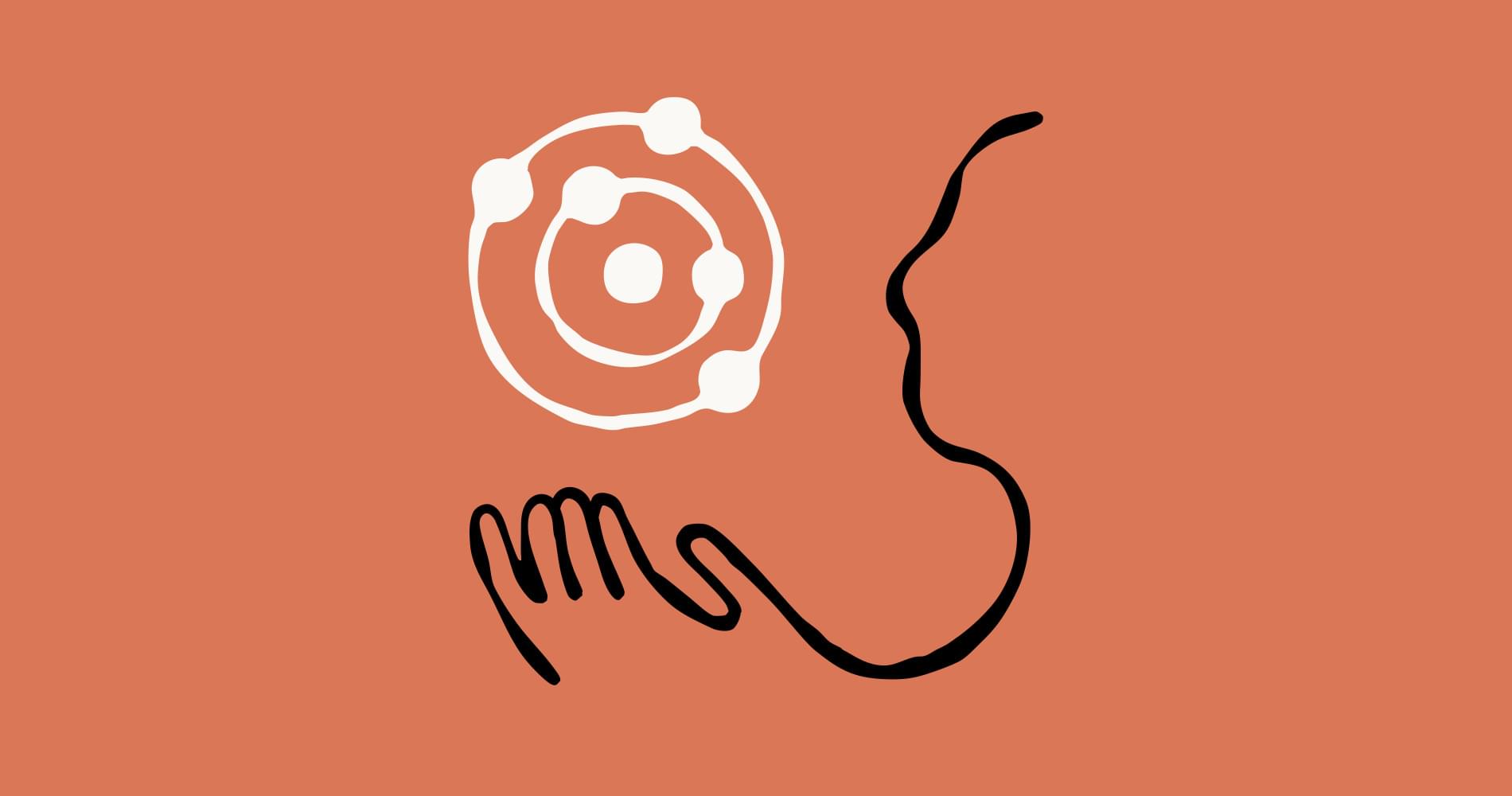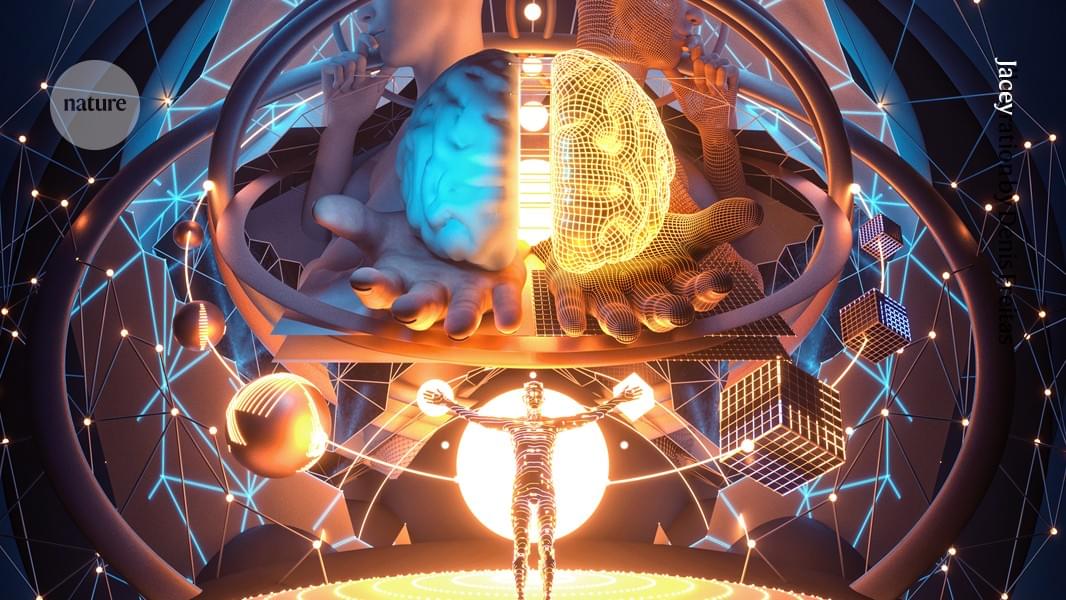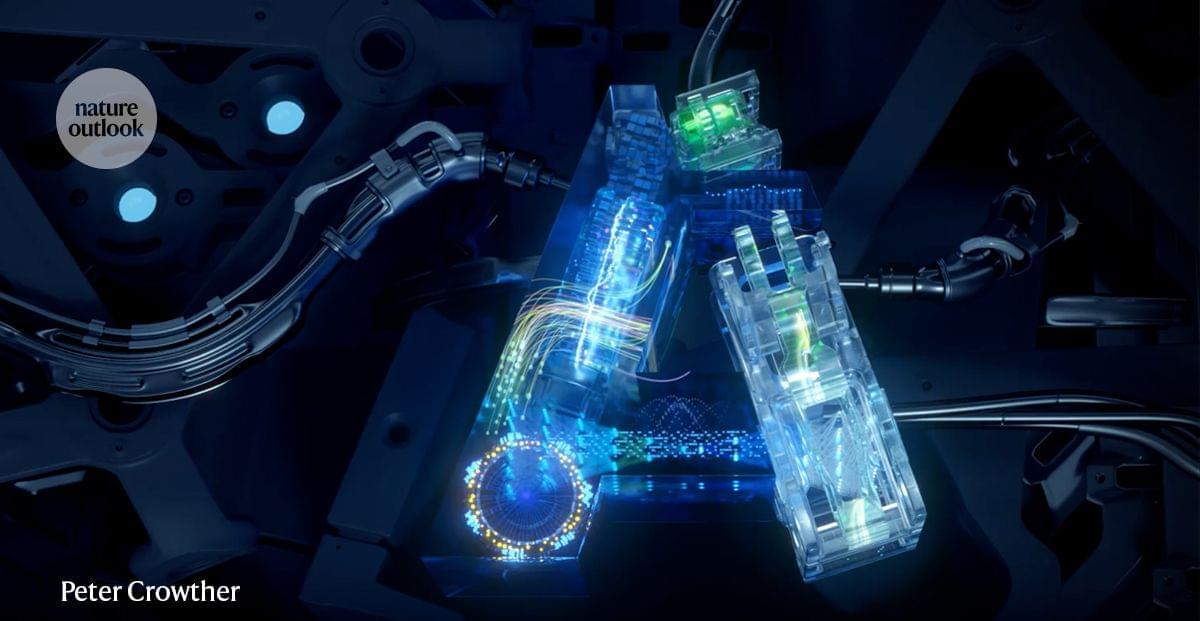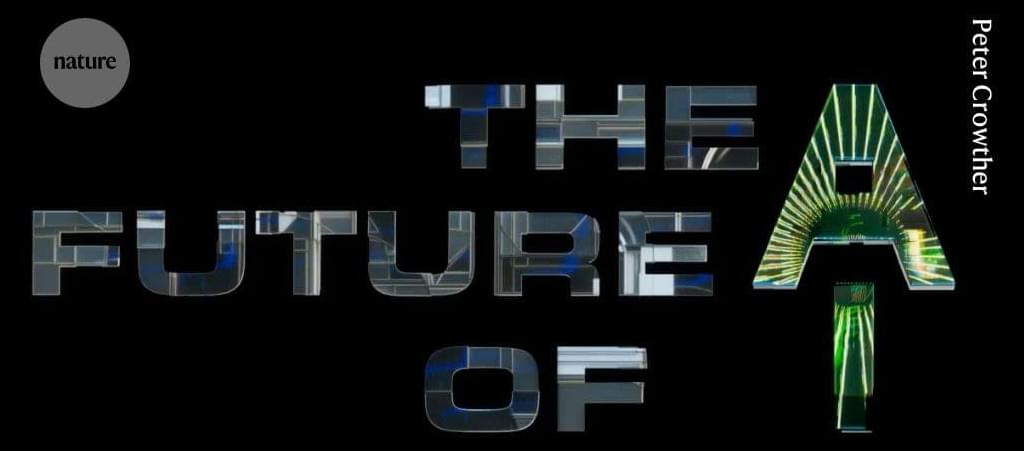Hybrid work exposes the limits of SCCM and WSUS, with remote devices often missing updates and WSUS now deprecated. Action1’s cloud-native patching keeps devices updated from any location, strengthening compliance and security.



Hundreds of trojanized versions of well-known packages such as Zapier, ENS Domains, PostHog, and Postman have been planted in the npm registry in a new Shai-Hulud supply-chain campaign.
The malicious packages have been added to NPM (Node Package Manager) over the weekend to steal developer and continuous integration and continuous delivery (CI/CD) secrets. The data is automatically posted on GitHub in encoded form.
At publishing time, GitHub returned 27,600 results corresponding to entries related to the recent attack.



Whether the Universe will ‘end’ at all is not certain, but all evidence suggests it will continue being humanity’s cosmic home for a very, very long time.
The Universe – all of space and time, and all matter and energy – began about 14 billion years ago in a rapid expansion called the Big Bang, but since then it has been in a state of continuous change.
First, it was full of a diffuse gas of particles that now make up atoms: protons, neutrons, and electrons. Then, that gas collapsed into stars and galaxies.




Artificial intelligence is booming. Technology companies are pouring trillions of dollars into research and infrastructure, and millions of people now interact with AI in one form or another. But what is it all for?
To find out, Nature spoke to six people at the forefront of AI development — people who are driving the technology’s development and adoption, and those who are preparing society to adapt to its rapid rise.
In this video series, they describe their greatest ambitions for the technology, their expectations of where and how it will be adopted in the coming years, and their concerns for the future.
A new simulation by Chinese defense researchers suggests that jamming Starlink coverage over an area the size of Taiwan is technically possible.